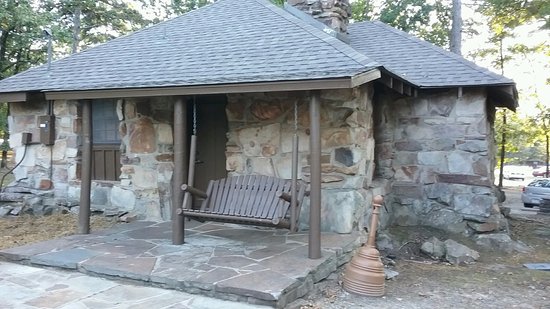By Dr. Curtis Varnell
Travel throughout the region and you will see structures that were built by the CCC or the WPA. These include Cove Lake, Spring Lake, Petit Jean Mountain lodge and cabins, Waldron’s home economics and agriculture buildings, Devils Den headquarters plus dozens of bridges and roadways. Enjoyed by thousands, few remember how these structures came to be nor how much the jobs meant to the economic recovery from the Great Depression.
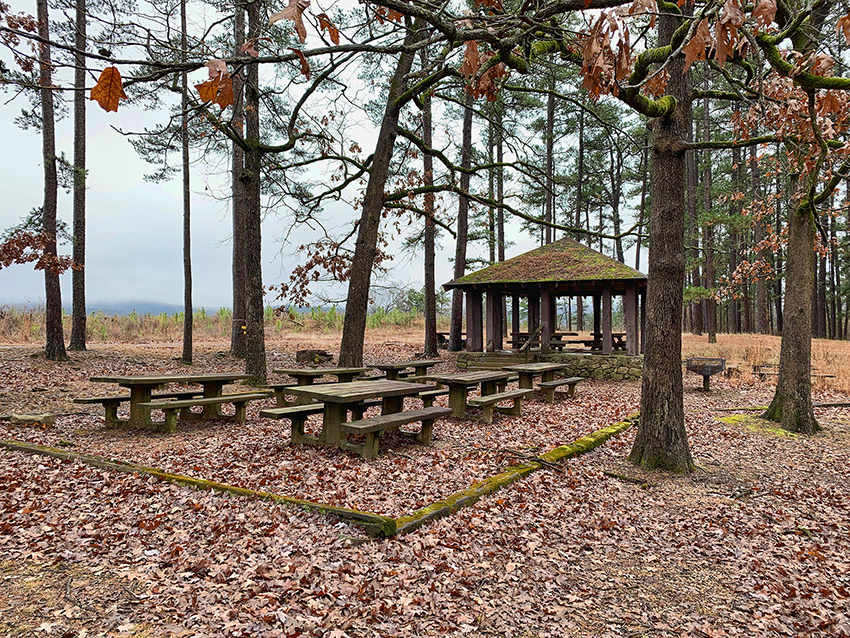
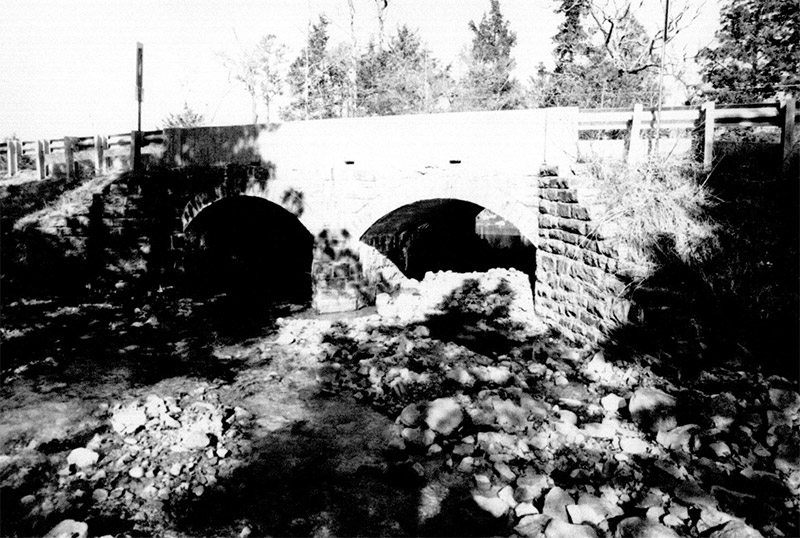
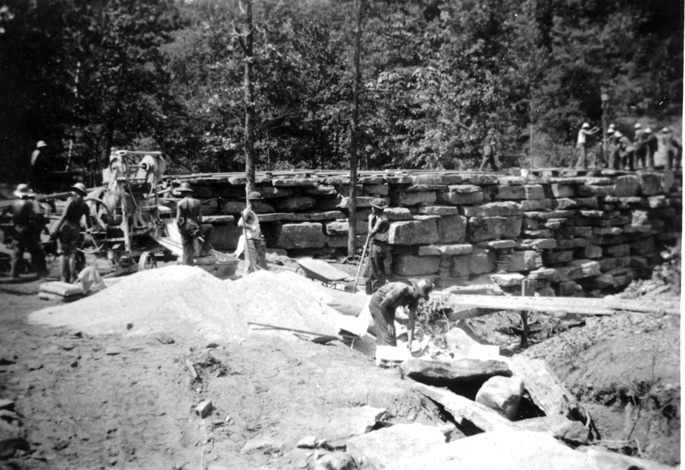
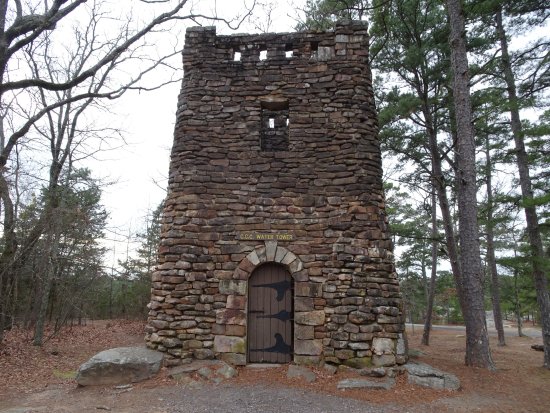
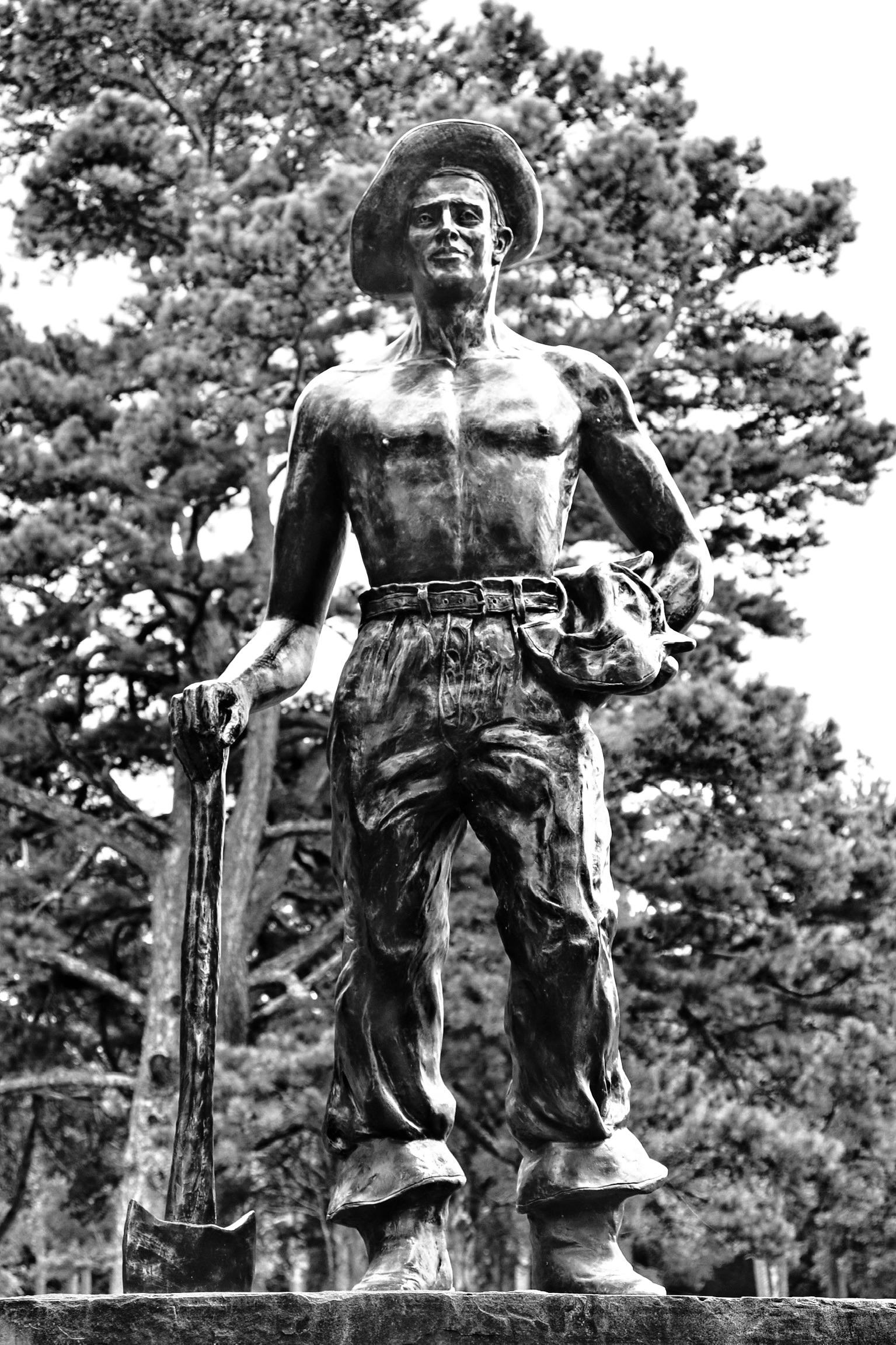
The Civilian Conservation Corps (CCC) began in 1933 to provide young unemployed men badly needed jobs while, at the same time, developing very needed improvements in our country’s natural areas. The Works Progress Administration did much the same but was more oriented to older men with families to support. Both provided millions of jobs to people who lacked the jobs and income to support their families.
The CCC workers actually lived and worked on site. The young men were housed in camps consisting of 200 men and the support people that directed them. In Arkansas, there were 77 of these companies and they undertook 106 projects. Many of the buildings and trails still remain as a testament to the work they accomplished. The craftsmanship of the projects amazes me. Petit Jean mountain lodge and cabins are beautiful with large log structures framing rooms containing awesome rock fireplaces and waxed hardwood floors. Similar structures are found in nearly every state park that exists. Many of the hiking trails I enjoy were carved out of dense forests, lined with native stone, and stair-stepped for our use. For this labor, the CCC worker received $30 dollars a month plus $25 dollars sent back home to support their family. Remnants of the old camps can be seen on highway 7, on Nebo Mountain, and at Camp Shiloh located near Russellville.
My grandfather worked for the WPA. The WPA is best known for the building of roads, bridges, and government building. My grandfather and many other local men constructed the road up to Magazine Mountain and constructing Cove Lake and its buildings. Most of the employees worked 32 hours per week and received about the same pay as the CCC workers. Though cheap labor, it was often the only source of cash for the families of the workers and they were glad to get the jobs. My grandfather and several relatives would get up early, prepare breakfast and put the left-overs in a lard bucket for lunch. They then walked together up the valley to Red Bench road, down Red Bench to what is now highway 109, and catch the worker bus there which would take them on to the work site. They often had to carry a lantern to light their way as they went to and from work.
Most of the public buildings have a monument stone which tells when the structure was built and what group are responsible. It is astounding how many buildings and structures built by these men are still standing.
With no Social Security plan, nation-wide projects like these were possible and people were willing and able to work. I am glad we have the safety-net of social services to fall back on but wish we still had the work ethic and national vision to improve the world we live in.
Taking a teacher group to Petit Jean mountain, I saw the beautiful monument that honors the workers of these programs. Life-size, the monument shows a very muscular and handsome young man holding an ax, a determined look on his face, gazing into the heavens. Pointing at the statue, I exclaimed, “My grandfather worked for the WPA and that is his statue. People say I look just like him.” The statement was greeted with howls of laughter and more than one “in your dreams.” Such is the life of we unappreciated teachers!!

